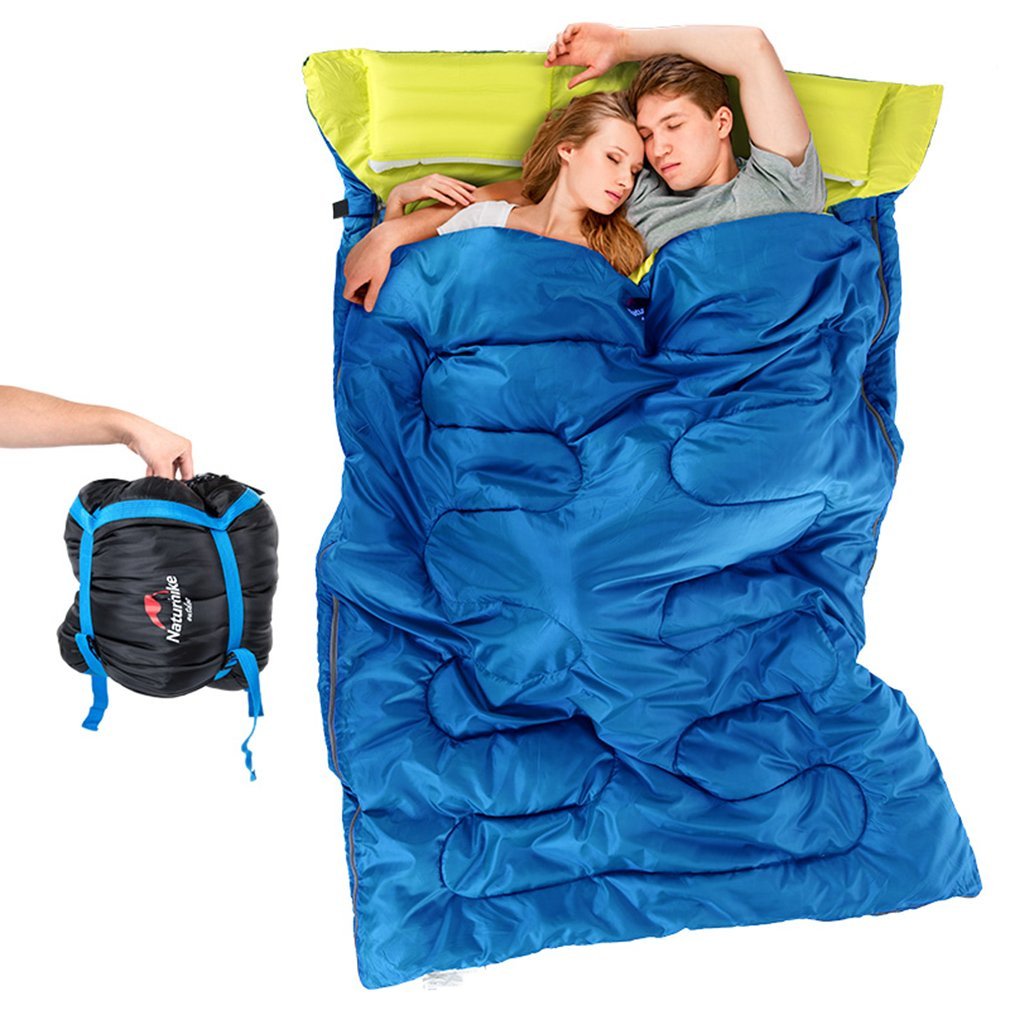Restful Adventures: Unveiling the Ultimate Sleeping Bag for Memorable Trips

Are you ready for your next adventure? Whether you're planning a hike through the mountains, a camping expedition in the wilderness, or simply a weekend getaway under the stars, one essential item should never be overlooked: the sleeping bag. A good night's sleep is crucial to recharge your energy and make the most of your days exploring the great outdoors. That's why it's important to have a reliable, comfortable, and versatile sleeping bag that will provide the ultimate restful experience during your trips.
Imagine settling down for the night after a day filled with thrilling activities and breathtaking sights. As you slip into your sleeping bag, a sense of comfort embraces you, alleviating the exhaustion and allowing you to truly unwind. The right sleeping bag can make all the difference in creating unforgettable memories of restful nights spent in serene locations. So, let sleeping bag winter take a closer look at what makes the ultimate sleeping bag and discover the features that will ensure your adventures are imbued with warmth, coziness, and peaceful slumber.
Choosing the Right Sleeping Bag
When it comes to selecting the perfect sleeping bag for your trips, there are a few key factors to consider. First and foremost is the season or temperature rating of the bag. This will determine its suitability for different weather conditions and ensure a comfortable night's sleep.
Another important aspect to think about is the insulation type of the sleeping bag. There are two main options: down and synthetic. Down insulation is lightweight, compressible, and provides excellent warmth. On the other hand, synthetic insulation is more affordable, retains heat even when wet, and dries quickly. Both options have their advantages, so it's a matter of personal preference and the demands of your trip.
Lastly, the size and weight of the sleeping bag play a crucial role, especially if you're planning on backpacking or traveling with limited space. Look for a bag that is lightweight and easily packable without compromising on comfort or insulation. It's also worth considering the shape of the bag, such as a mummy-style design or a rectangular shape, depending on your sleeping preferences.
By taking into account the season rating, insulation type, and size of the sleeping bag, you can ensure a restful and enjoyable adventure regardless of the destination or the time spent outdoors.
2. Features to Consider
When it comes to choosing the perfect sleeping bag for your trips, there are a few important factors to consider. These key features will ensure a restful and enjoyable adventure:

Temperature Rating: One of the most crucial aspects to look for in a sleeping bag is its temperature rating. This indicates the lowest temperature at which the bag will keep you warm. Make sure to consider the usual weather conditions of your trips to select a bag with an appropriate temperature rating.
Insulation Type: The type of insulation used in a sleeping bag is another important factor. Down insulation offers excellent warmth-to-weight ratio and is highly compressible, making it great for backpacking trips. Synthetic insulation, on the other hand, performs well in wet conditions and is relatively more affordable.
Weight and Packability: If you plan to embark on multi-day hikes or have limited space in your backpack, the weight and packability of the sleeping bag become significant. Look for lightweight and compact options that won't weigh you down or take up too much valuable space in your pack.
By considering these features, you can choose the ultimate sleeping bag for your trips and ensure a comfortable and rejuvenating sleep throughout your adventures.
3. Maintenance and Care Tips
To ensure your sleeping bag remains in top-notch condition for all your trips, proper maintenance is essential. Follow these care tips to keep your sleeping bag clean, protected, and ready for your next adventure.
Cleaning: Regularly cleaning your sleeping bag is crucial for maintaining its performance and longevity. Most sleeping bags can be machine washed, but always refer to the manufacturer's instructions first. Use a mild detergent and wash on a gentle cycle with cold water. Avoid using harsh chemicals or bleach. After washing, ensure the bag is thoroughly rinsed and squeeze out excess water gently. It is important to let the bag air dry completely before packing it away.
Storage: Proper storage is essential to prevent damaging your sleeping bag. Before storing, make sure the bag is completely dry to avoid mildew or unpleasant odors. Avoid storing the sleeping bag in a compressed state for extended periods, as it can affect the insulation properties. Instead, store it in a large, breathable storage sack or hang it up in a cool, dry place. This will help maintain its loft and ensure it is ready for your next trip.
Repairs and Maintenance: Regularly inspect your sleeping bag for any signs of wear and tear. Repair minor damages promptly to prevent them from worsening. Many sleeping bags come with a repair kit, including patches and adhesives, making it easy to fix small holes. If your sleeping bag requires major repairs, it is best to consult a professional. Additionally, ensure that the zippers, cords, and other components are functioning properly before each trip.
By properly maintaining and caring for your sleeping bag, you can extend its lifespan and ensure a comfortable and cozy sleep during your outdoor adventures. Remember, a well-maintained sleeping bag can make a significant difference in your overall camping experience.
